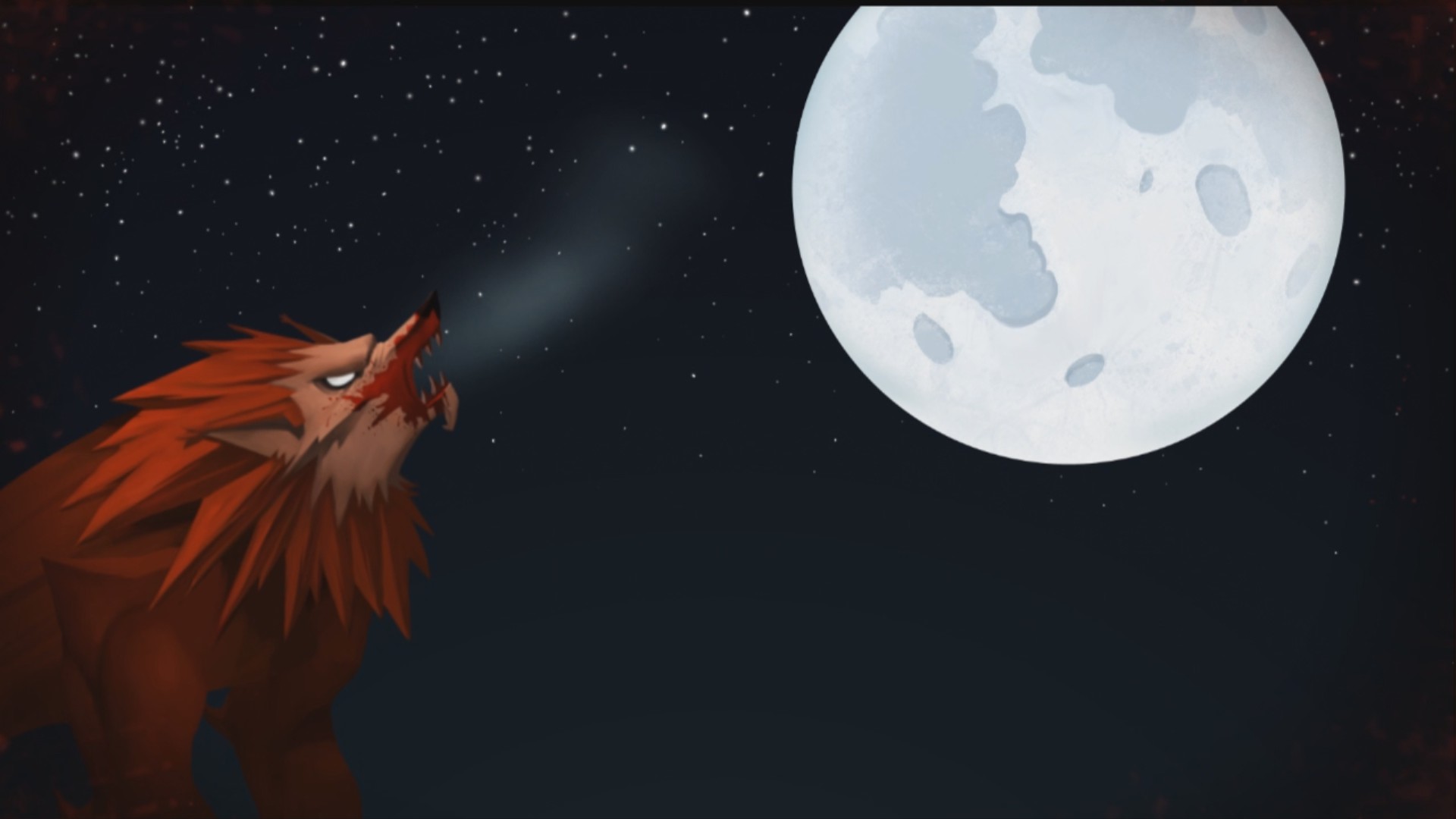Way back in 2016 I wrote about Shadowgrounds, a top-down horror shooter by Frozenbyte, the developers of the Trine franchise. I thought it was a neat little game for what it was, and while it wasn’t super unique, it was at least a bit of fun for a few hours. Towards the end of the article I wrote:
One day I’ll get around to the sequel, Shadowgrounds: Survivor, which might be more of the same, but I don’t see that as a bad thing.
Then I mostly forgot about it. The original Shadowgrounds was a fun little romp for what it was, and I guess I felt I needed some time before I jumped right in. It wasn’t until almost a decade later would I actually get around to playing it. It wasn’t quite worth the wait.

Developed again by Frozenbyte and published by Meridian4, Shadowgrounds: Survivor is basically a standalone expansion pack to the original game. This was released one year after the original Shadowgrounds, and since Frozenbyte wasn’t a super big developer at the time, this felt a bit more like a tech demo than anything resembling a sequel.
Taking place concurrently with events from the original game, you play as three characters: Luke “Marine” Giffords, a generic soldier; Bruno “Napalm” Lastmann, a Russian drunken soldier stereotype; and Isabel “Sniper” Larose, a cute goth assassin lady. During the story you switch between these characters as they all get a message from McTiernan, a scientist who is trying to help fix a base in New Atlantis to cull the impending alien threat.

Like its predecessor, Shadowgrounds: Survivor is a top down action game. Each character has a unique set of weapons they use and procure throughout their journey to kill the alien threat, which is the general gamut of pistols, assault rifles, rocket launchers, flamethrowers, and railguns.
All the major arsenal from Shadowgrounds reappears here, but this time locked to specific characters. Marine only gets a pistol to start, but eventually picks up the legally-distinct-from-Alien Pulse Rifle. Napalm starts with a flamethrower, natch, but can get a shotgun. Sniper naturally has a special handgun but later picks up a railgun. Each character also has grenades they can throw at any time, as well as a tactical dodge to avoid gunfire.
(more…)










































